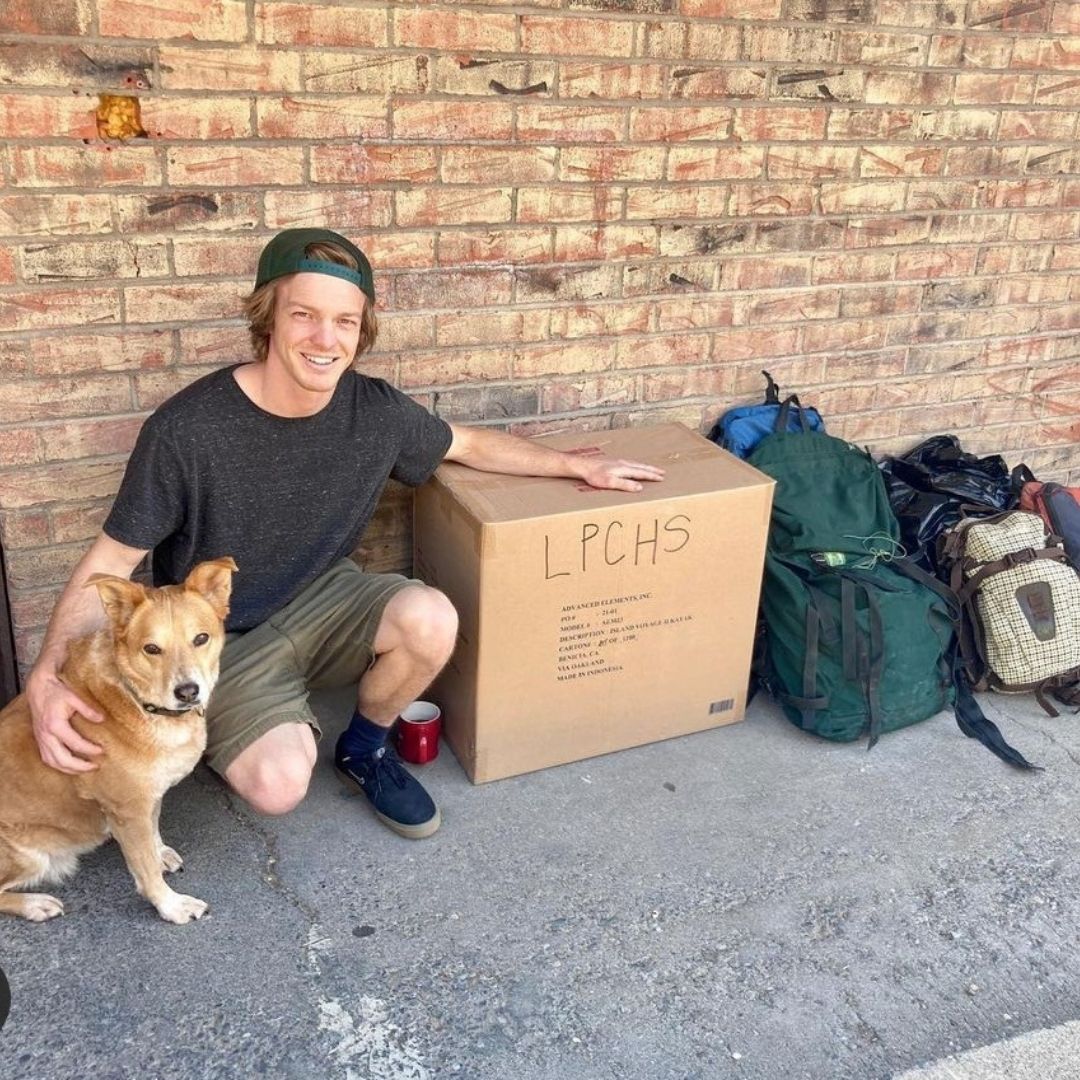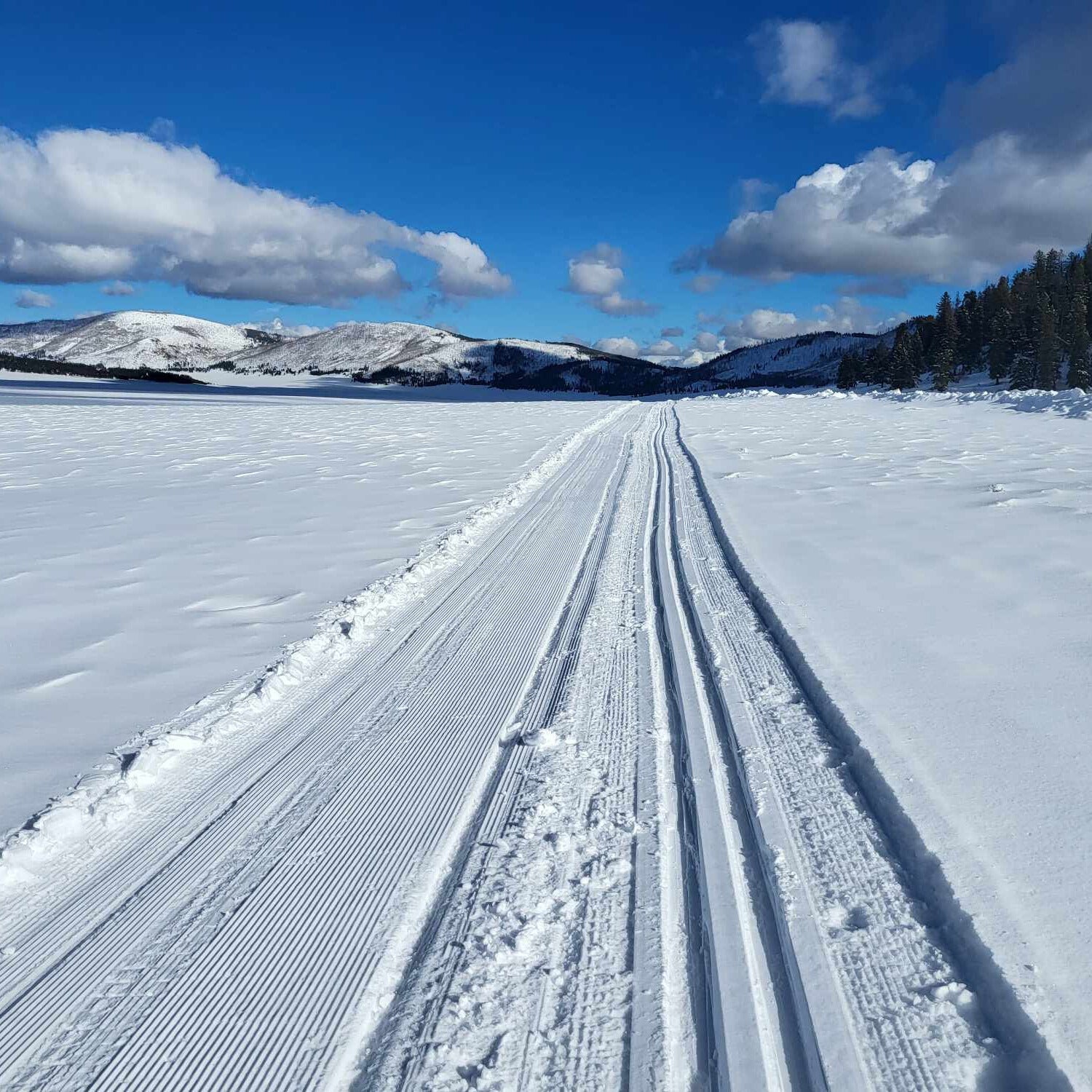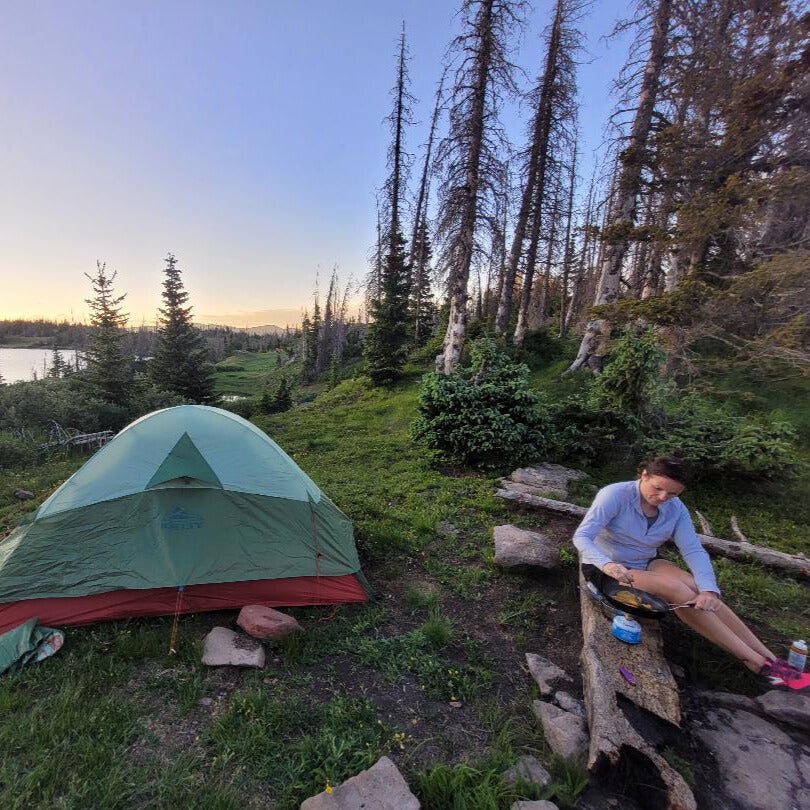Your Cart is Empty
accepting gear drop offs Mon-Sat 10am-5pm. No Consignment acceptance on Sundays.
accepting gear drop offs Mon-Sat 10am-5pm. No Consignment acceptance on Sundays.

We all know that donating our clothes is a great way to clean out our closets, and we may even make a few bucks at a local consignment shop. But did you know that donating or consigning your clothes and outdoor gear also has huge social and environmental benefits?
Here are 4 surprising reasons it’s good to donate or consign instead of throw away:
According to the EPA’s textile waste facts, over 17 million tons of used textile waste are generated annually in the United States. This amount has doubled over the last 20 years. One in 2 people throw their unwanted clothes straight into the trash instead of giving away or donating to those who need them. This results in 64% of the total amount of garments produced each year ending up in landfills.
Once you throw your clothes in the trash they end up in landfills where they take decades to degrade. In the process, they emit methane, an even bigger contributor to Climate Change. Clothing in landfills emits methane and pollutes the soil and waters with plastic and chemicals while decomposing. Reusing or recycling instead of throwing in the trash is actually a very important action you as an individual can take to do your part to stop climate change.
The fashion industry is one of the biggest contributors to water pollution and wastage. For instance, it takes more than 5,000 gallons of water to manufacture just one t-shirt and a pair of jeans.
When we donate or consign, demand for new goes down, thus reducing the need to extract these materials and metals from the Earth. The next important step is to create a zero waste or a circular economic model, and ensure that nothing ever goes into a landfill in the first place. Instead, it would go back into production to create another garment, tent, or jacket—over and over again.
What you can do TODAY instead of throw away:
If you currently have clothes that you no longer wear, host a garage sale and sell them. Alternatively, you could donate your items, give them to a sister, a friend, or even a stranger.
If you want new clothes but still have lots of unworn ones in your closet, host a swap or exchange event instead of buying new ones. This is an excellent way to get new clothing while responsibly getting rid of the items you don’t want anymore.
For those special occasions that you feel require a new outfit, like a job interview, an important business meeting, a dinner, wedding, etc. consider renting one instead of buying.
Once you’ve grown out of some clothing, reuse/upcycle them into something else instead of throwing them into a bin.Most frequently, it’s a zipper on a perfectly good down jacket or tent that busts. Getting the zipper fixed is an ideal way to extend the life of the item.Need some help? Pinterest is full of creative ideas you can try out. Or if sewing is just not your thing then you can find a local fix-it shop to help you.
In Durango, we’re fortunate to haveSew Alpine. Sew Alpine uses new and recycled fabrics, plus high quality used outdoor materials and scraps to create “upcycled” outdoor gear. Think dog mitts, bike touring packs to high alpine rescue tarps.
The Durango Outdoor Exchange is more than an outdoor shop that sells new and used gear on consignment; it’s asustainable business that leads from a triple bottom line model (i.e. people, planet, and profit guide our decision-making). After opening our Durango, Colorado store in 2014, we soon realized that while our local community had generously embraced our used gear store concept, some used gear and apparel just don’t sell. After three months on the shelves, we would remove unsold items but found ourselves perplexed as to what to do with these items.
Here’s what the Durango Outdoor Exchange is doing to reduce methane emissions in landfills and help our community:
Backpacks, jackets, footwear, sleeping bags, etc. are a life-line to some in our community. With that in mind, we created a Community Outreach Program gently through which all unsold items are donated to non-profits that directly help their clients with basic needs (food, housing, clothing, etc). Durango Outdoor Exchange partners with Manna, La Plata Family Center Coalition, In the Weeds, Southwest Conservation Corps, The Hive Collective, and Durango Slaydies to deliver directly to the folks who can use it the most.
The Durango Outdoor Exchange has set up non-profit consignment accounts that people can donate their gear to so that the non-profit receives a percentage of the sale. This has been a successful solution, benefiting local community organizations such as, San Juan Mountains Association, Adaptive Sports Association, DEVO, La Plata Search and Rescue.
Thanks for doing your part to keep outdoor clothing and gear in circulation and out of the landfill. Together, all of our actions will add up and make a difference. We’re all part of the solution.
#outdoorgear #outdoorclothing #gear #usedgear #climbinggear #campinggear #qualityusedclothing #consignment #gearconsignment #outdoorconsignment #vintageclothing #camping #durangooutdoorshops #durangoskishop #fixit #fixyourgear #upcycleyourgear #bestplacetodonateclothes #donationdropbox #clothingdropbox #clothingdonationcenter #donationcenter #gearthriftstore #buyusedgear #buyusedoutdoorclothing #buyused #outdoorthriftstore #thriftstore #thriftshop #durangooutdoorexchange #outdoorexchange #exchange #durango #durangolife #durangosustainablebiz #visitdurangoclorado

Thanksgiving is almost here–and skiing this early is always a gamble. Here are some non-skiing warm(er) weather destination ideas for the long break.

Just a couple hours from Durango, Valles Caldera is a great cross-country skiing destination, with surprisingly good snow and very few visitors.
Valles Caldera National Preserve is a popular hiking destination in the summer and a surprisingly great skiing destination in the winter.

When spending one night (or many) in the backcountry, a warm dinner at night and hot beverage in the morning can make the difference. That invariably involves using a stove of some sort–but which one?
Stove technology has been around for decades, but new tech is making them lighter, more efficient, and more dependable than ever before. Here’s a rundown of the different kinds of backpacking stoves: